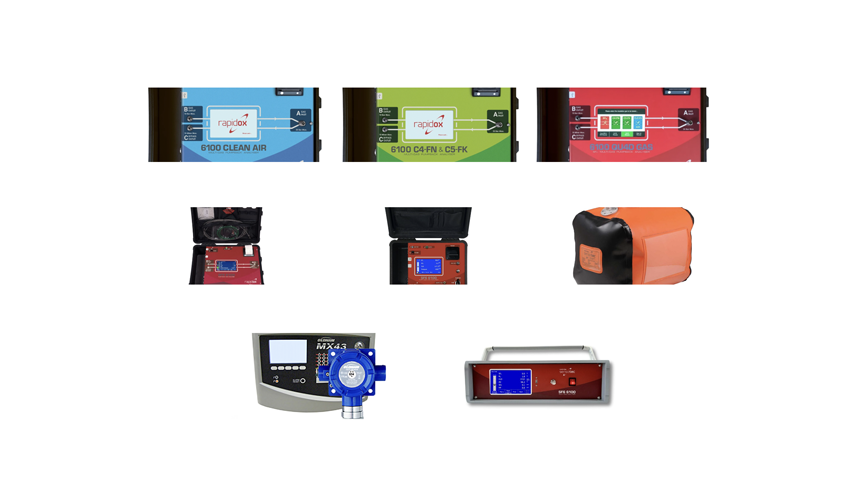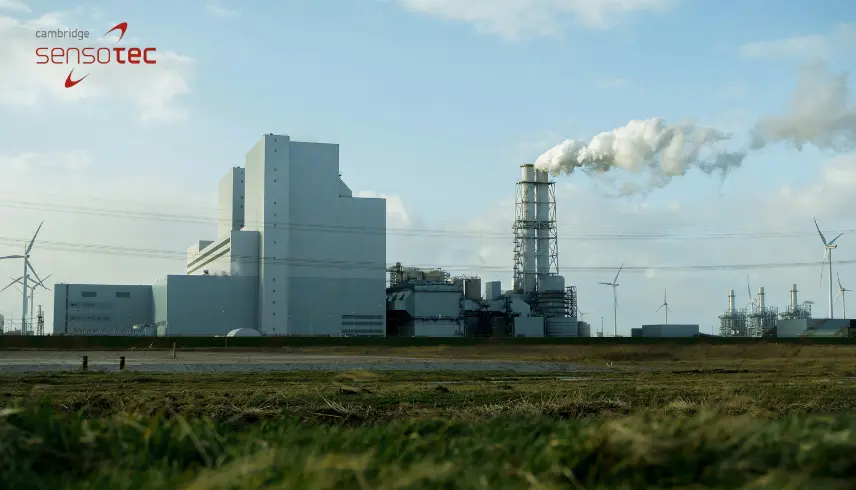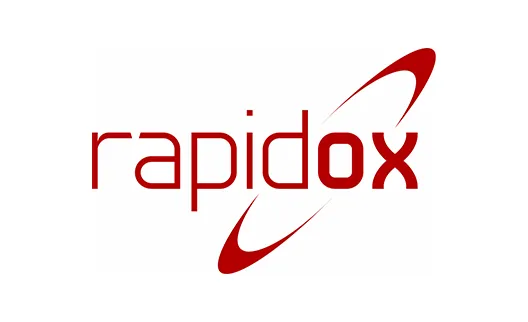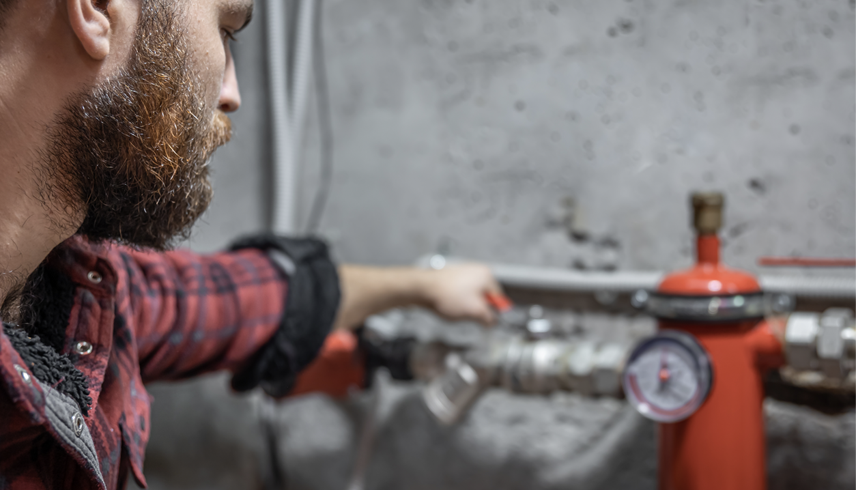

How Clean Air Can Prove Itself an Effective SF₆ Alternative
Introduction to Clean Air
In a world increasingly focused on sustainability and environmental responsibility, industrial sectors are under immense pressure to reduce their carbon footprint. One particularly concerning contributor to global warming is sulphur hexafluoride (SF₆), a gas commonly used in electrical insulation and switchgear. With an exceptionally high global warming potential (GWP), SF₆ has drawn scrutiny from environmental agencies and regulatory bodies worldwide. As the urgency to decarbonise intensifies, the search for viable alternatives to SF₆ has accelerated. Among the most promising of these is “clean air” – a natural, abundant, and climate-neutral gas mixture that offers substantial environmental and technical benefits. This article explores how clean air can realistically replace SF₆ and outlines its advantages, challenges, and the path forward.
What is SF₆ and Why is it Used?
Electrical Insulation and Arc Quenching
SF₆ is favoured in the electrical industry for its superior insulating properties and arc quenching capabilities. These qualities make it ideal for use in high-voltage switchgear and circuit breakers, where reliability and safety are paramount. When electricity is interrupted or switched, an arc forms, and SF₆ effectively quenches this arc to prevent equipment damage and fire hazards.
Its high dielectric strength also allows for compact designs, reducing space requirements in electrical substations. From power stations to transmission substations, SF₆ is integral to the operation of electrical systems. Its ability to prevent electrical discharges and maintain system integrity has cemented its place as an industry standard for decades.
Environmental Issues with SF₆
Despite its effectiveness, SF₆ poses a serious environmental threat. With a GWP of around 23,500 times that of CO₂ over a 100-year period, even small leaks can have devastating climate implications. Additionally, its atmospheric lifetime extends beyond 3,000 years, meaning that once released, it contributes to warming for millennia.
SF₆ is also difficult and costly to recycle or dispose of safely. Leaks during maintenance and disposal are common, leading to unintentional emissions. As environmental regulations tighten, utilities and manufacturers are increasingly motivated to seek cleaner, more sustainable alternatives.
The Case for Clean Air as an SF₆ Alternative
Composition and Safety
“Clean air” in this context refers to a highly purified and dried air mixture, predominantly composed of nitrogen and oxygen. It is free of moisture and contaminants, making it suitable for high-voltage insulation. Its non-toxic and non-flammable nature enhances workplace safety, while its natural abundance reduces supply chain complexities and costs.
Compared to SF₆, which requires special handling, clean air systems are simpler and safer to maintain. The elimination of hazardous by-products also reduces health risks and simplifies compliance with safety regulations.
Performance in Electrical Equipment
While clean air does not match SF₆’s dielectric properties per unit volume, it compensates through pressurisation. By operating at higher pressures, clean air achieves comparable insulating and arc-quenching performance. Manufacturers have developed pressure-tight designs to manage these conditions effectively.
Field data and laboratory testing demonstrate that clean air solutions deliver stable, reliable performance across a range of operating conditions. They support modern automation features and smart grid integration, further increasing their attractiveness.
Environmental Benefits of Clean Air
Clean air has a GWP of zero, meaning it contributes nothing to global warming. It also poses no risk to the ozone layer. Unlike SF₆, it does not decompose into corrosive or toxic substances during arcing events, reducing long-term risks to equipment and maintenance personnel.
These environmental advantages align clean air solutions with corporate ESG (Environmental, Social, and Governance) goals and global climate targets, making them a cornerstone of sustainable infrastructure planning.
Real-World Applications and Industry Adoption
Utilities across Europe, such as those in Germany and Scandinavia, are leading the transition to clean air switchgear. Pilot installations in urban substations and renewable energy networks have validated the performance and reliability of these systems.
In rural and remote applications, clean air’s safety profile and ease of handling make it ideal for deployment without specialised training or equipment. Its versatility is being tested in offshore wind platforms and industrial parks.
Governments and environmental agencies are supporting this transition. Subsidies, tax relief, and emissions reporting frameworks encourage utilities to abandon SF₆ systems in favour of cleaner alternatives. These policy measures create a favourable landscape for innovation and investment.
Technical and Commercial Viability of Clean Air
Testing and Performance
Independent laboratories and manufacturers have conducted extensive testing to certify the efficacy of clean air systems. These evaluations include dielectric strength under varying humidity and temperature conditions, thermal endurance during load cycles, and resilience to mechanical stress.
Modern clean air switchgear has proven its capacity to handle short-circuit events, voltage surges, and long-term operational stress. Performance benchmarks are now on par with, or exceed, SF₆-based systems.
Cost and Lifecycle
While initial investment costs are slightly higher due to engineering adaptations for pressure management and material durability, these are offset by reduced operational expenses. Clean air systems eliminate the need for gas leak detection, re-filling, and specialised training, lowering maintenance costs.
Over the full asset lifecycle, clean air technology provides a better return on investment. Factors like regulatory compliance, reputational benefits, and insurance premiums all lean in its favour.
Infrastructure Compatibility
Manufacturers are designing clean air solutions with retrofit capabilities in mind. This means that existing SF₆ switchgear can often be replaced or upgraded without a full overhaul of the surrounding infrastructure. Compact modular designs facilitate integration even in legacy systems.
This compatibility reduces downtime during installation and allows gradual, budget-conscious upgrades across a utility’s network.
Challenges and Considerations
Engineering Constraints
Clean air requires higher pressures to achieve similar insulation, which may lead to increased equipment size. In space-constrained environments, this can present logistical challenges. Additionally, systems must be carefully engineered to withstand variable climatic conditions, including high humidity and freezing temperatures.
Manufacturers are investing in new materials and designs to overcome these barriers, including advanced composites and thermal management systems.
Market and Regulatory Hurdles
Despite promising results, some utilities are hesitant to adopt new technologies due to risk aversion or unfamiliarity. Outreach through technical workshops, white papers, and demonstration projects is essential to build confidence in clean air systems.
Another hurdle is the lack of universal standards. While progress is being made, harmonising international certification processes will be key to global adoption. This will also help streamline procurement and project planning.
Future Outlook and Innovations I
Research and Development
Ongoing R&D is focusing on miniaturising clean air switchgear, improving pressure containment, and integrating digital monitoring tools. These innovations will expand the use cases for clean air technologies and reduce their cost.
Collaborations between academia, industry, and government are accelerating the pace of development. Innovations in material science and predictive maintenance are particularly promising.
Policy and Market Dynamics
As climate legislation tightens, the market for SF₆ alternatives will grow exponentially. Carbon reporting mandates and emissions caps are making SF₆ less attractive from a compliance standpoint. Clean air, being exempt from such restrictions, offers a straightforward path to decarbonisation.
Industry leaders who adopt clean air technologies now will benefit from a competitive edge, gaining both reputational and operational advantages in a carbon-conscious market.
How Cambridge Sensotec Can Help
At Cambridge Sensotec, we are committed to supporting the transition to sustainable and environmentally friendly technologies. Our Rapidox gas analysers provide highly accurate, real-time monitoring of gases like SF₆ and alternative insulants, including clean air mixtures. This allows engineers and facilities managers to precisely track gas quality, detect potential leaks, and ensure optimal performance from new or retrofitted systems.
Whether you are assessing your current SF₆ infrastructure or planning a switch to clean air, our analysers offer the precision, flexibility, and data insights needed to support your journey. We also provide technical support and consultation to help tailor our technology to your unique operational requirements.
Partnering with Cambridge Sensotec means gaining access to expertise, innovation, and proven tools that empower a cleaner, more efficient energy future.
Summary
Clean air delivers robust technical performance, environmental safety, and long-term cost efficiency. It addresses the shortcomings of SF₆ without compromising on operational reliability. Its use marks a turning point in the journey toward truly sustainable energy infrastructure.
For companies like Cambridge Sensotec and others in the electrical sector, the time to act is now. Embracing clean air technologies not only mitigates environmental risk but positions your brand as a forward-thinking leader in a rapidly evolving industry.
The shift to clean air is not just a possibility – it is an imperative.


